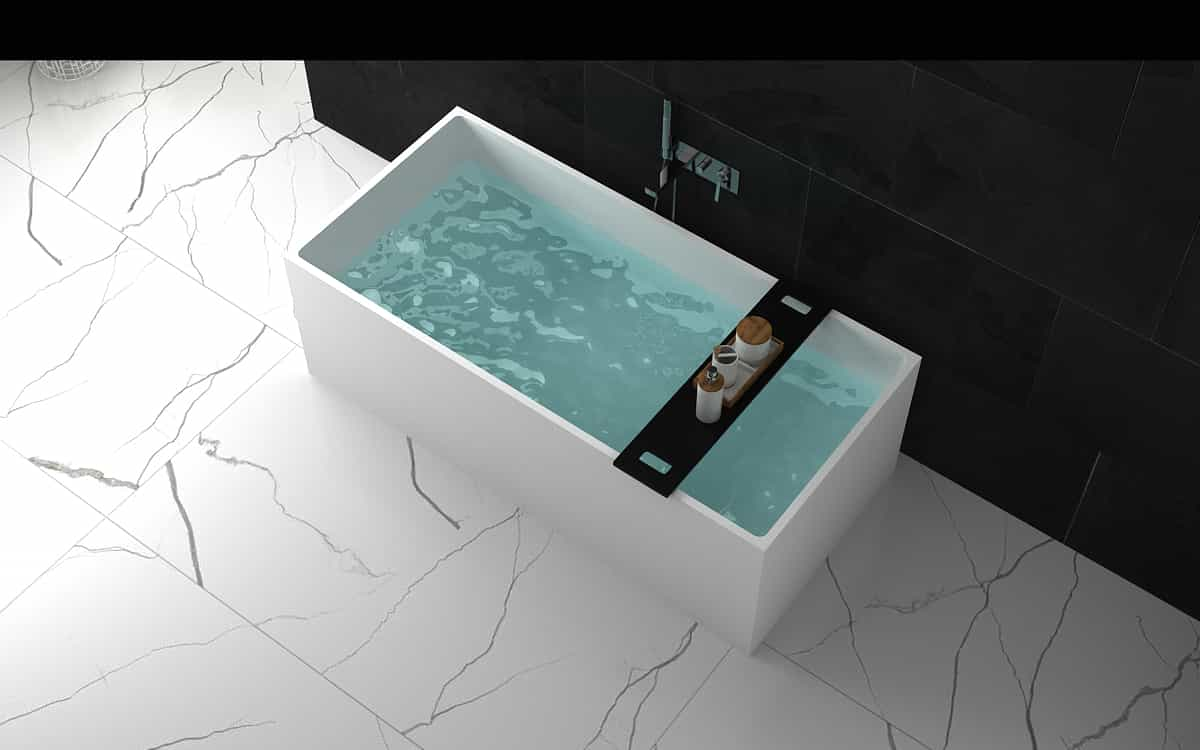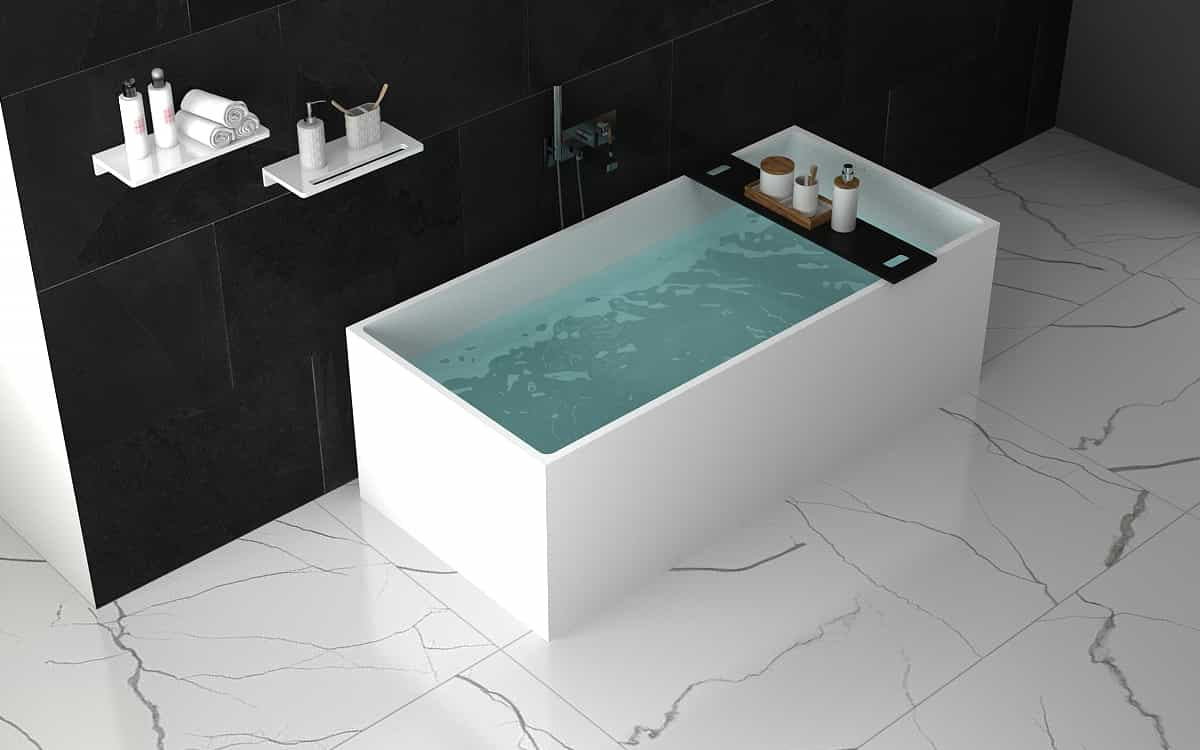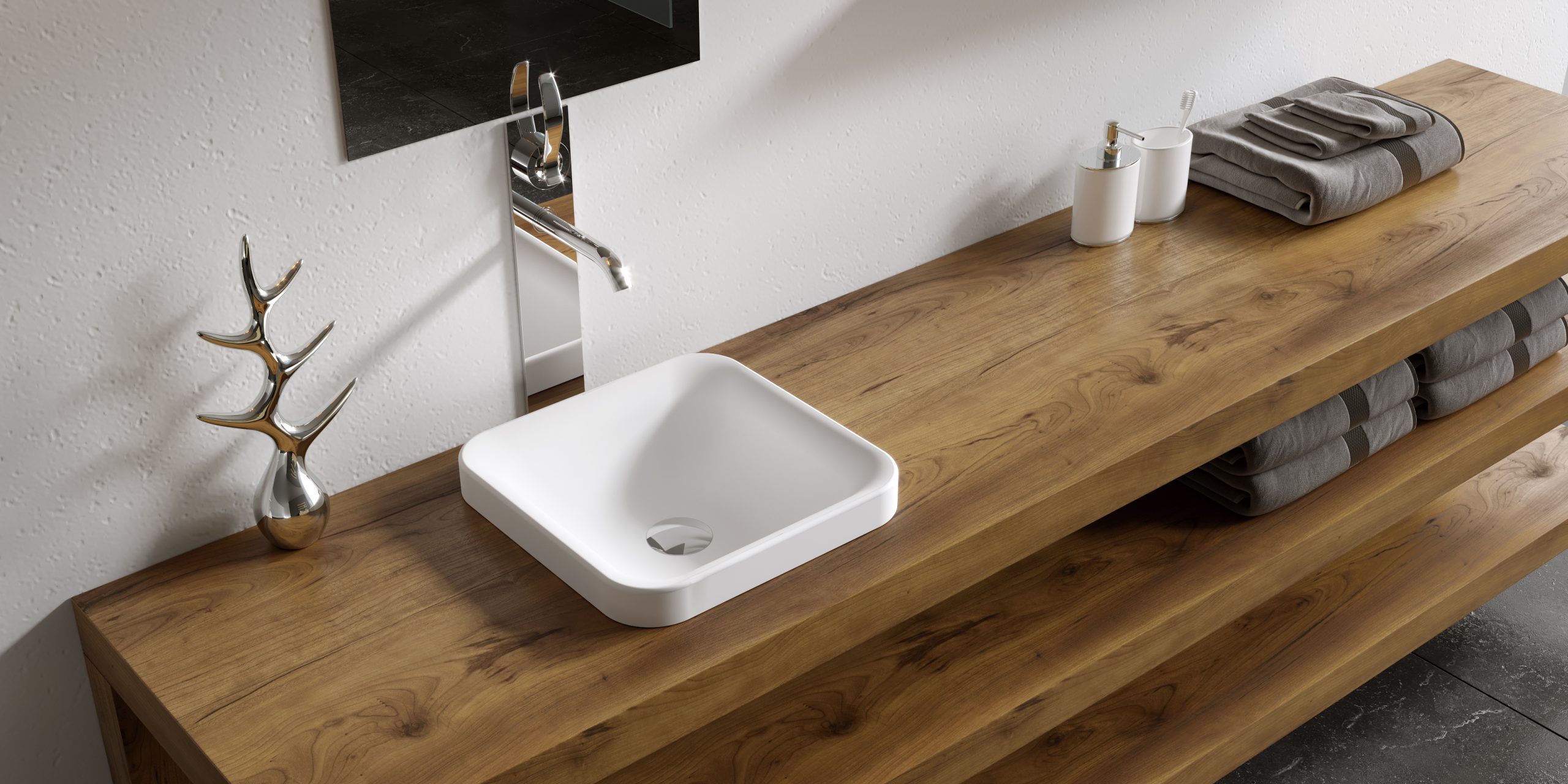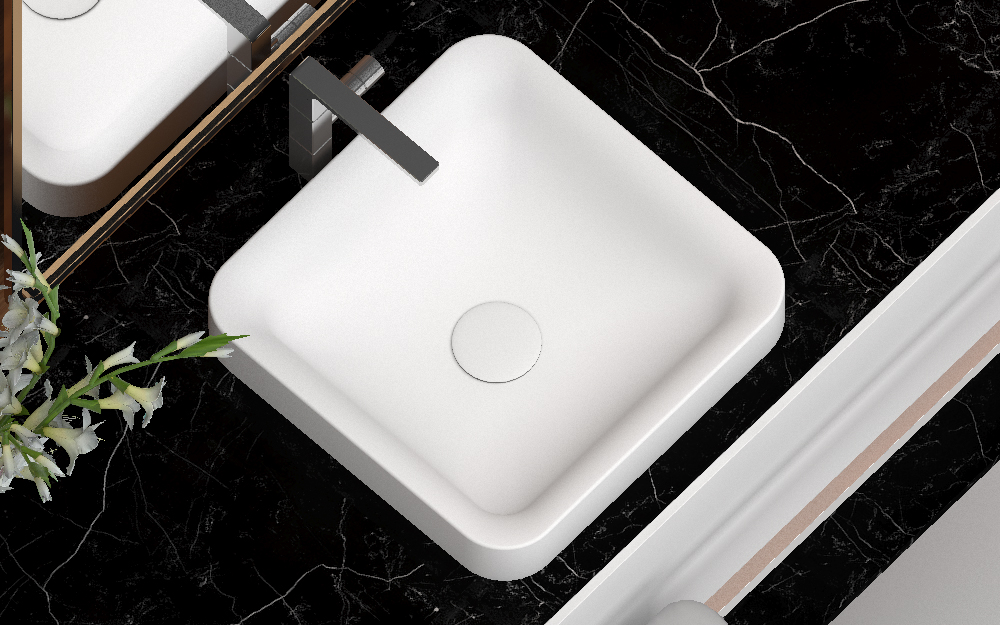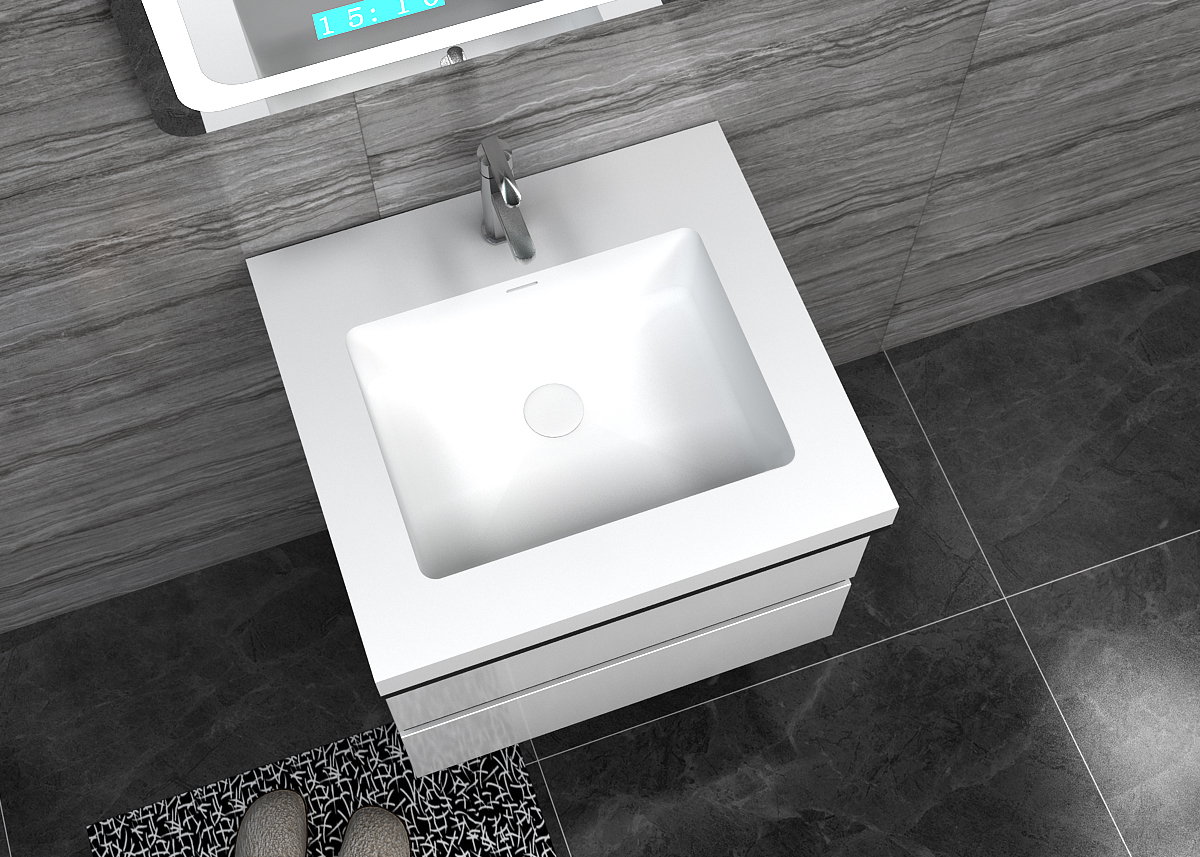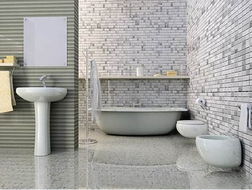
Due to the long-term humid environment in the bathroom, it is easy to cause mold. Although the surface of polished tiles is bright, if it is not maintained for a long time, it is easy to cause problems such as mold growth. Therefore, anti-mildew in the bathroom is a “protracted battle”! Therefore, cleaning and maintenance requires some small skills, so as to prevent the growth of mold and protect the tiles in the bathroom. Let’s take a look with the editor below!
1. Cleaning and anti-mold method of wall tiles
(1) Anti-seepage and anti-mildew measures for ceramic tiles The walls in the bathroom are mostly paved with ceramic tiles. In order to keep them clean and bright, you can use a multi-functional decontamination cream for cleaning. As for the tile gap, you can use a toothbrush dipped in a little decontamination paste to remove the scale, and then use a brush to brush a waterproof agent in the gap. For the gap between the tiles, you can use a toothbrush to dip a little decontamination paste to remove it, and then use a brush to brush a waterproof agent on the gap between the tiles to prevent seepage and mildew.
(2) Polished tiles should be waxed regularly, preferably at intervals of 2-3 months.
2. Basic measures for anti-seepage and anti-mildew
Since the walls of bathrooms are mostly tiles, in order to ensure long-term cleanliness and beauty, you can choose a multi-functional decontamination paste for cleaning in daily maintenance. If there are scratches on the brick surface, you can apply toothpaste on the scratches and wipe them with a dry cloth to repair them.
Bathroom: To solve the mold in the gap between the tiles, the toilet paper is the “hero”
You can soak the toilet paper with bleach and stick it in the gap between the tiles and let it stay for a while. After finishing the mask for the crevices, just rinse with water to clean the mold. You can also use a detergent with bleaching effect, apply it to the moldy place, wait for about 30 minutes, and then scrub it with a brush or toothbrush.
The gaps between bricks and bricks can be removed from time to time with decontamination paste, and then a layer of waterproofing agent can be applied to the gaps to prevent
Lime Moisture Absorbent Pack: Moisture Resistant Small DIY
Usually we can also make a lime moisture-absorbing bag and put it in the bathroom to help the tiles prevent moisture, but it should be noted that quicklime should be used instead of lime used in construction. Take some quicklime powder, wrap it with cotton cloth or cloth bag of moderate size, sew the mouth well, hang the small cloth bag with a rope, and hang it in a relatively humid place.







